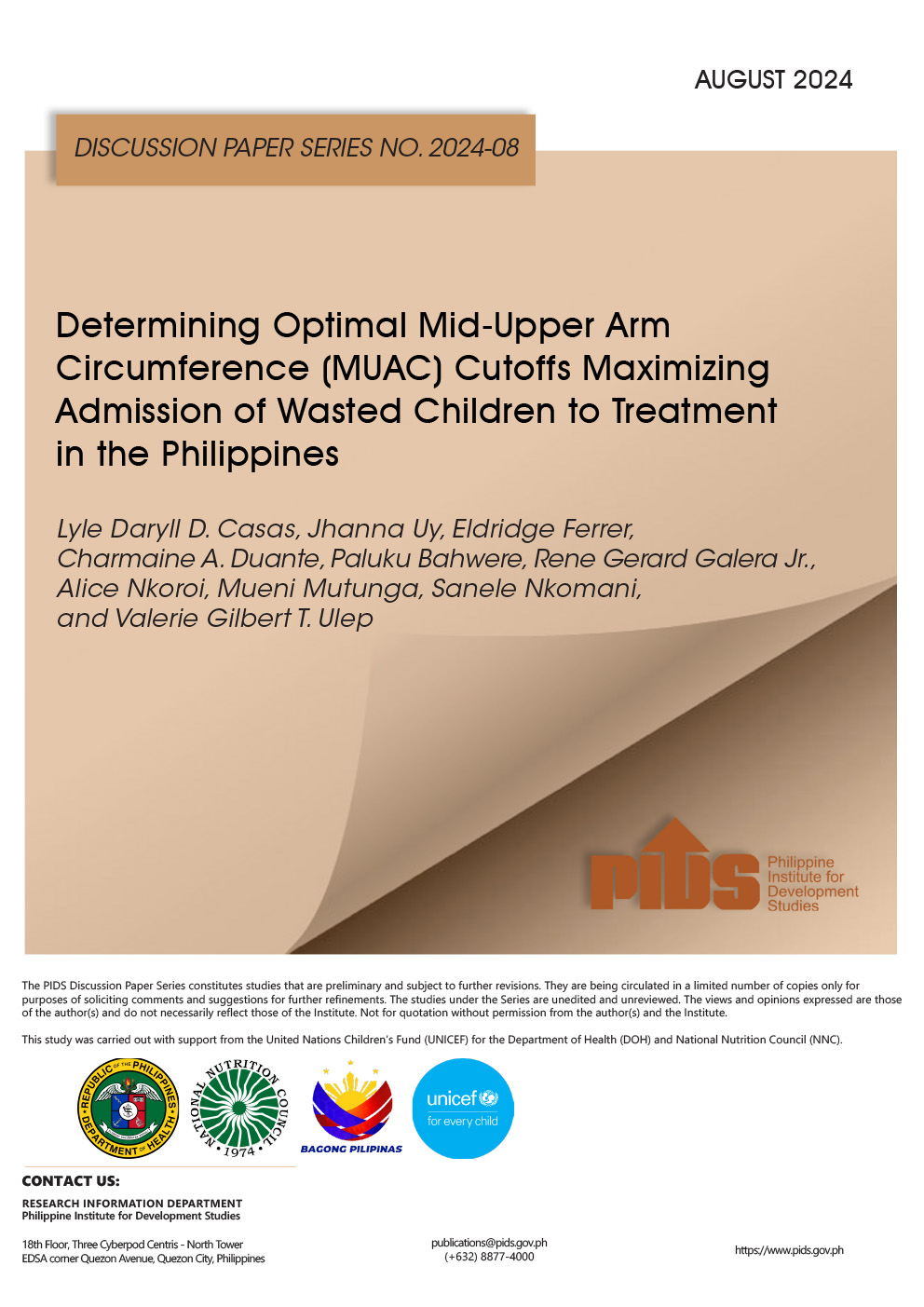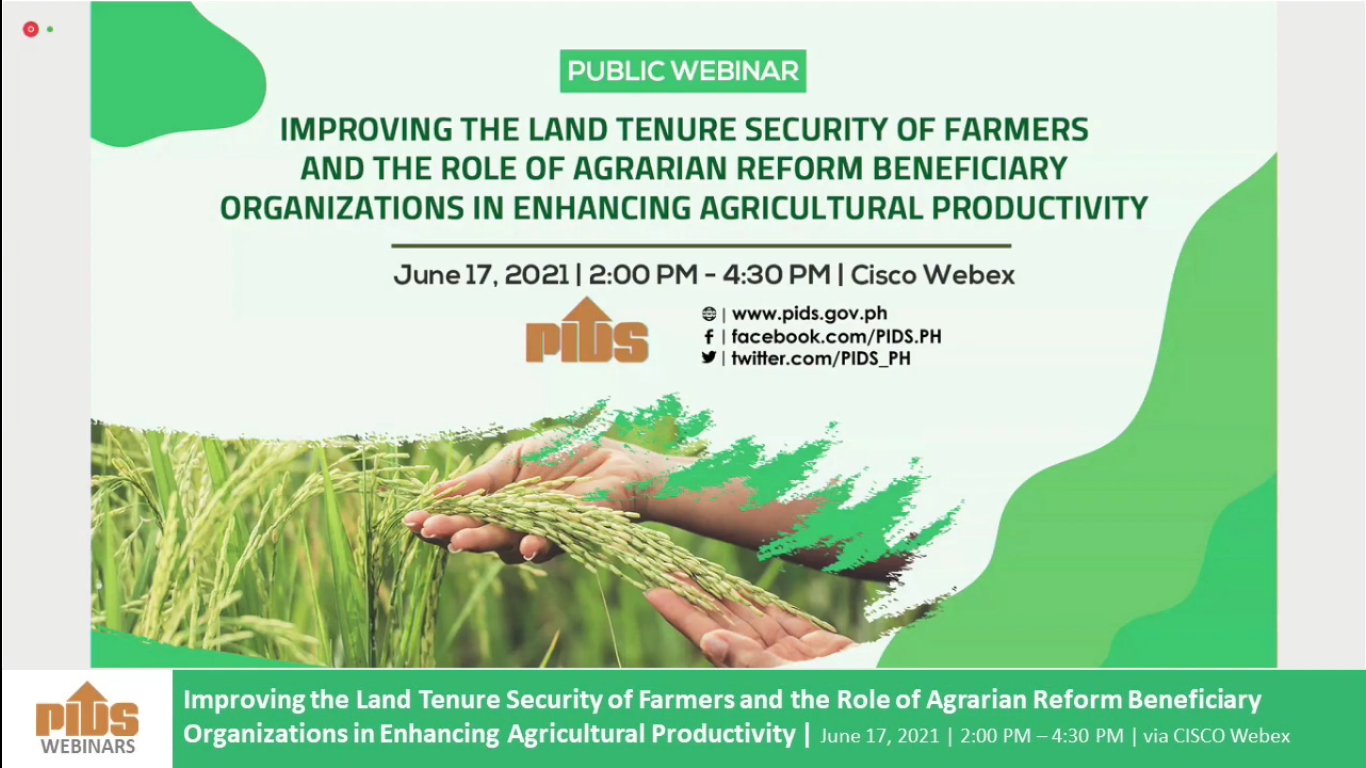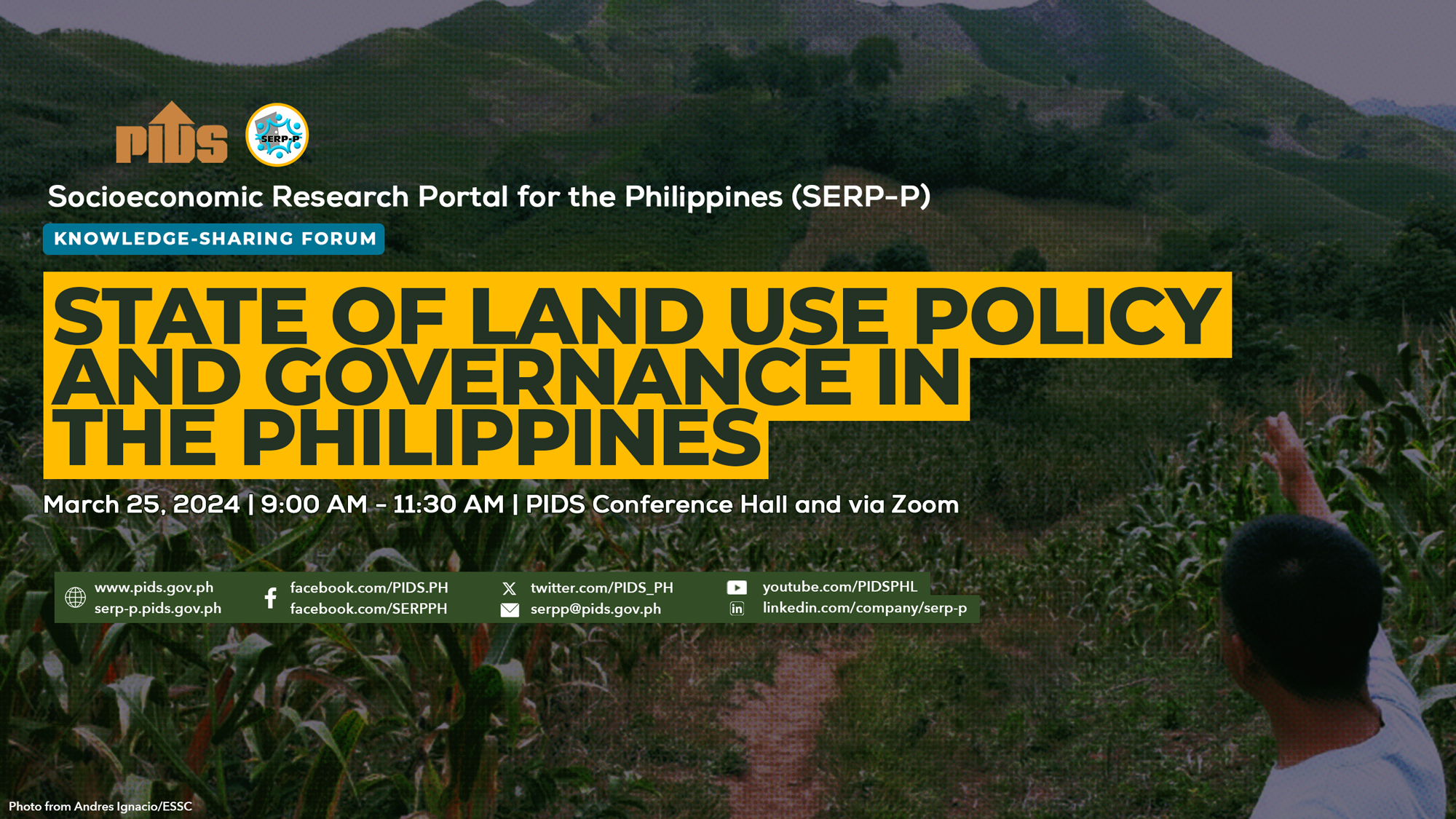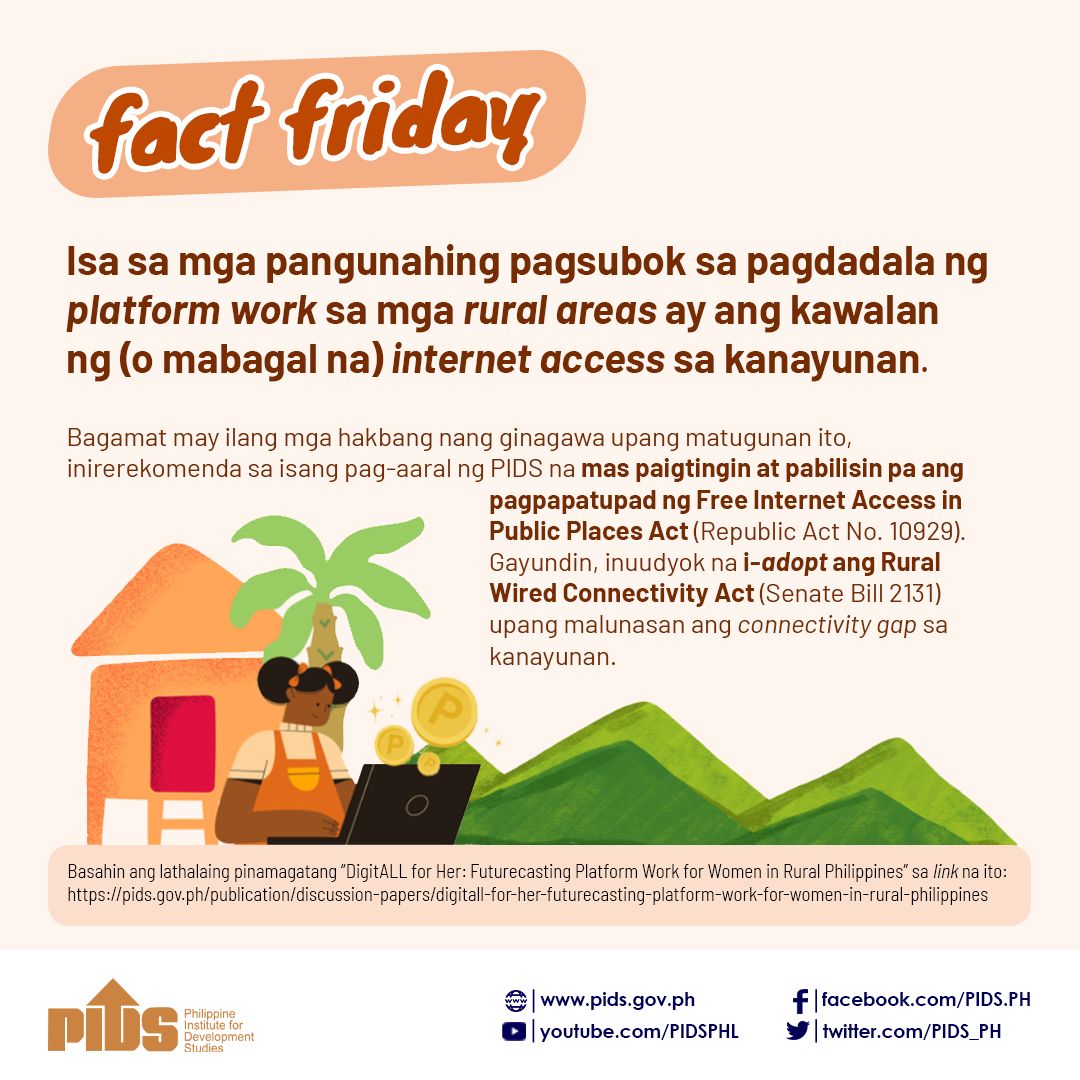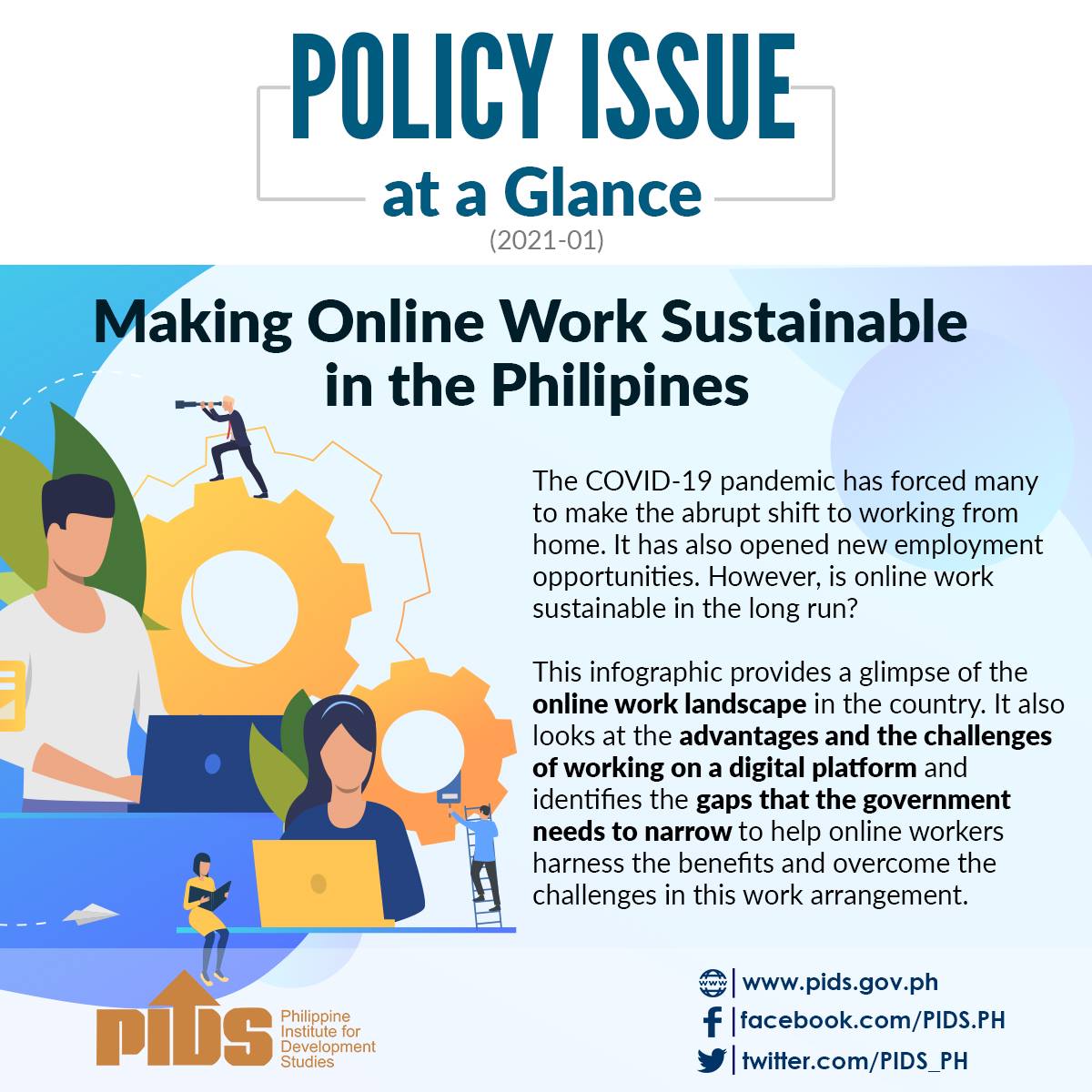The stench of manure, mud-filled paddies and back-breaking work are what most children of Filipino farmers, like Richard Visto, associate with farming.
Visto worked on their farm in Catanduanes province at an early age. For years, he and his parents tilled the land that will never belong to them. Their life revolved around the changing seasons and the storms that threatened to wipe out their crops.
Farming was the be all and end all of their existence. While it sustained Visto and his family, it never gave them a decent life. And Visto knew he could never live like his parents forever.
Visto was fortunate enough to obtain a scholarship and he used his education as his ticket out of farming. He left Catanduanes and found work in Manila. But, conditions were not ideal, forcing him to find greener pastures abroad.
Visto is one of 10 million overseas Filipino workers (OFWs) who sought a better life in a foreign land. He currently works as a welder for an oil and gas refinery and petrochemical firm in the deserts of Saudi Arabia.
"This June I will mark my third year in Saudi Arabia. My earnings are not enough that is why I decided to go abroad,” Visto told the BusinessMirror in an e-mail.
Working abroad and earning dollars would allow him to save a little. Despite this, Visto said he is no longer keen on going back to farming should he decide to come home for good.
"We now live in a modern era. If you go back to farming, you will be left behind,” Visto said.
Children of Filipino farmers could not be faulted for their apparent aversion to farming. For one, data obtained from the Philippine Statistics Authority (PSA) showed that the average real daily wage of farmworkers was pegged at only P122.01, or $2.77, in 2011.
Male farmworkers earn higher at P123.57, or $2.81 per day, while women earned an average of P115.54, or $2.63 a day. The daily pay of farmworkers in the Philippines is even lower than some of the favorite drinks of Filipinos sold in coffee shops.
This is why farmers continue to be regarded as among the poorest of Filipinos. The nationwide average poverty-incidence rate among farmers was pegged at 38.3 percent in 2012, higher than the 25.2-percent national average.
Among the regions, the Autonomous Region in Muslim Mindanao registered the highest poverty-incidence rate among farmers at 58 percent. In Catanduanes poverty incidence among farmers was at 33.8 percent in 2012. This was higher than the 29.1 percent recorded in 2009.
These figures could be baffling to casual observers as the Philippines remains a predominantly agricultural country. While agriculture’s share in the country’s GDP has dwindled to just 10 percent in recent years, it still accounts for 30 percent of the labor force.
‘Government neglect’
Economists said the government’s neglect of agriculture is the major culprit behind the difficulties currently confronting farmers. They said millions of farmers remain mired in poverty due to the government’s underinvestment in agriculture.
Also, economists said the government’s "wrong” priorities made it more difficult for farmers to become competitive. For one, Philippine Institute for Development Studies research fellow Roehlano Briones said the national government has focused too much of its resources on planting rice, the country’s staple.
Many blame this on the national government’s initiative of attaining rice self-sufficiency. In 2007 former National Economic and Development Authority National Planning and Policy Staff Director Dennis Arroyo said encouraging farmers to just plant rice is tantamount to "trapping farmers in poverty.”
Philippine Competition Commission (PCC) Chairman Arsenio M. Balisacan, one of the country’s foremost rural economists, said the Aquino administration "erred” when it prioritized rice production.
"Our self-sufficiency paradigm might have to be revisited. In some cases, it has been very costly,” said Balisacan, a former Economic Planning secretary.
"As we have seen in some cases, it has been very costly. For example, in the case of rice in 2013-2014, when domestic prices shot up as global prices were declining, our poverty incidence rose rather than declined, even as the economy grew faster,” he added.
The government’s underinvestment in agriculture has also uncompetitive practices in the sector to flourish. In a 2011 study, Harvests and Hardships: Analyzing Overseas Migration and Philippine Rural Development, middlemen were found to have earned more than farmers.
The study, authored by Ma. Cristina Carmina Gregorio and Jeremaiah Opiniano, said middlemen can earn anywhere from 66 percent to as much as 267 percent of farm-gate prices, depending on the commodity.
Ateneo de Manila University Eagle Watch senior fellow Alvin Ang attributed this to the problems with the structure of markets in provinces and municipalities.
"More often than not, [the problem] really is the market structure in rural areas, where it is heavily dominated by middlemen. Only a few farmers can really earn [from their produce],” Ang said.
Due to the unattractiveness of agriculture as a possible investment destination, Ang said children of farmers who work abroad do not reinvest in the sector. More often than not, OFWs go into selling fast-moving goods and services such as consumer goods and construction materials.
Lack of safety nets
The farmers’ lack of education and their inability to access social services have also made it difficult for their children to appreciate farming. Visto said the possibility of not having savings or a nest egg after years of tilling the land was also a major factor behind his decision to go abroad.
While farmers can become members of the Social Security System (SSS), SSS Vice President for Public Affairs Marissu G. Bugante said many of them fail to pay their contributions. As of December 2015, Bugante said 525,058 farmers are listed as either self-employed or employed members of the SSS. However, only 90,261 farmers are currently paying their contributions.
She said the invariable income of farmers, which are almost always dependent on good weather, makes it difficult for them to pay their contributions regularly. Compounding the problem, Bugante said, is the farmers’ inability to inform SSS and keep track of their contributions.
Bugante said this is unfortunate as the SSS can provide loans to farmers to help them buy inputs and assist them with their medical needs.
To address the needs of farmers, Bugante said the SSS has introduced various programs, including the AlkanSSSya program, where the SSS partners with various associations to collect daily, instead of monthly, SSS contributions from members.
She added that the AlkanSSSya program can be tapped by farmers’ associations to enable farmers to submit contributions and have access to SSS benefits. Bugante said the SSS has also has partnerships with local government units and the Department of Agriculture for the partial or full subsidy of farmer’s contributions.
"We are still studying ways on how we can best provide protection to the farmers,” she added.
Despite these efforts, Visto said he would rather work abroad where every dollar earned is equivalent to around P47. He has four children who are all in primary school, so going home in the near future is still out of the question.
One thing is certain though, Visto is never going back to farming.
Missing children of the land: Young Filipinos leave farms to work abroad


